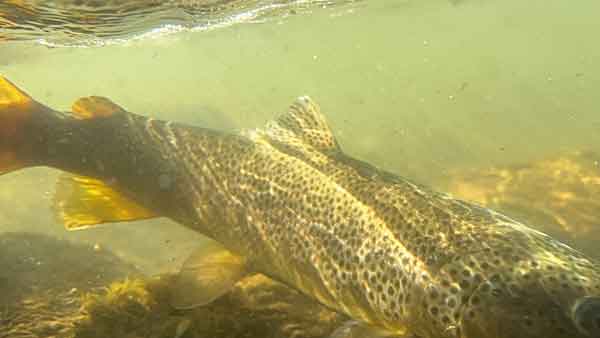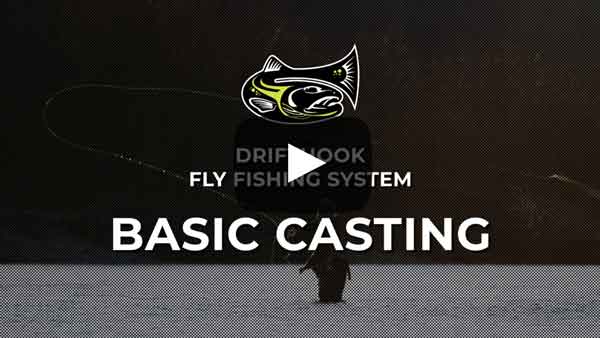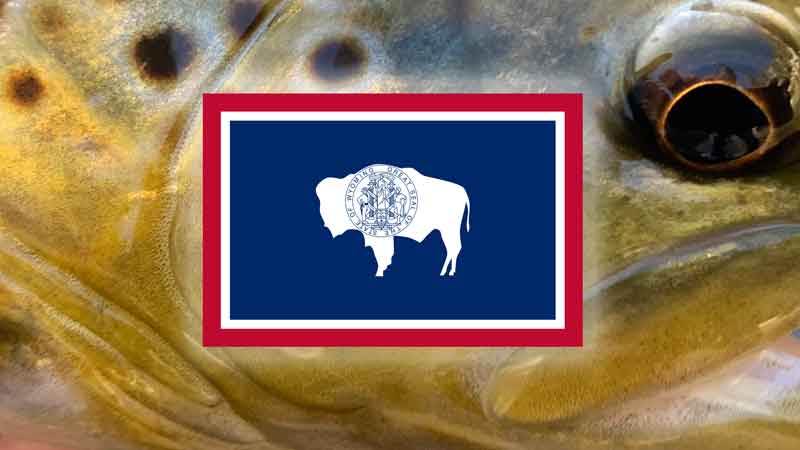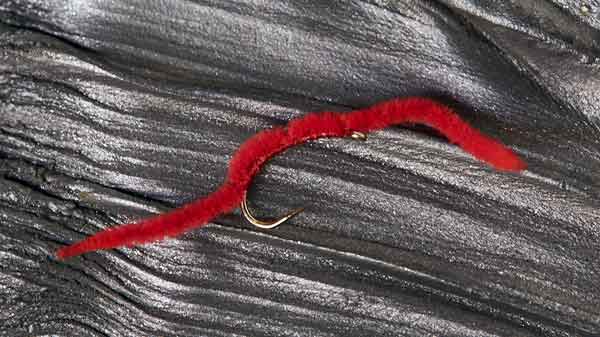Fly fishing is an incredibly rewarding sport. The feeling of a fish taking your fly is unique: you’re holding the line in your hand so you’re very connected to what’s happening. And you’re also connected to nature because fly fishing often brings you to the most beautiful places. In order to get the most out of fly fishing, here is a list of essential fly fishing tips.
Do your research
Before venturing into the waters, a responsible angler understands the importance of preparation, which extends beyond just having the right equipment. The foundational step is to familiarize yourself with the necessary fishing license or permits required by the region you plan to fish in.
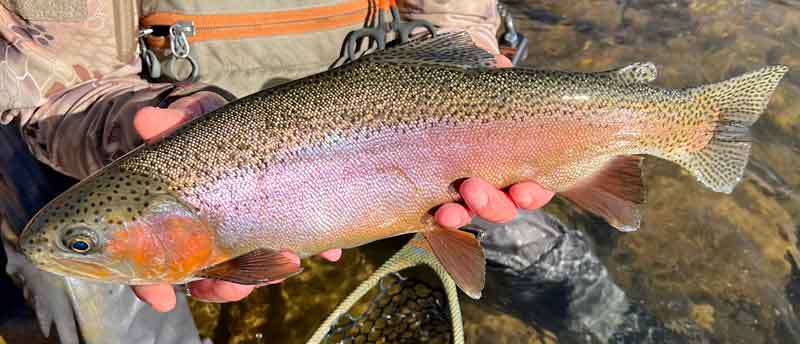
Each area might have specific stipulations regarding what constitutes legal fishing, including the type of fish you're allowed to catch, and if you’re allowed to take them with you or not. Understanding these regulations is paramount not only to ensure a successful outing but also to contribute to the conservation efforts of the local aquatic life.
Equally important is the knowledge of the catch and release practices, especially in areas where conservation is a priority. Some locales might mandate the release of certain species or sizes of fish to maintain healthy populations. Here, the choice between using barbed or barbless hooks becomes crucial. Barbless hooks are often encouraged, if not required, in catch-and-release areas due to their minimal impact on fish, facilitating easier and less harmful release.
A profound understanding of the local insect life can significantly enhance your fly fishing experience. Knowing what insects are active and prevalent during your fishing trip can guide you in selecting the most effective flies. This approach, often termed "matching the hatch," increases your chances of attracting fish, as it aligns your lure with the natural diet of the fish in that specific body of water.
Lastly, adhering to local rules and regulations cannot be overstressed. These might include specific guidelines on where you can fish, how many lines you can have in the water, and even the type of gear you're allowed to use. Ignorance of these rules not only risks legal repercussions but can also inadvertently harm the ecosystem you're engaging with.
A place where you can go to explore fly fishing information is flyfishcircle.com.

Get the proper gear
The right equipment can make a significant difference in your fly fishing adventures. At the core of your gear should be a quality fly rod and reel, matched to the type of fishing you plan to do. However, equally important is a landing net that is gentle on the fish. Nets with rubber mesh or a fine, soft knotless mesh minimize damage to the fish's slime coat, protecting them from infection and injury.
Forceps are another essential tool, especially for safely removing hooks from fish's mouth, particularly when dealing with barbless hooks or when practicing catch and release. These tools not only make the process easier for the angler but also significantly reduce the stress and potential harm to the fish, ensuring they return to the water in the best possible condition.
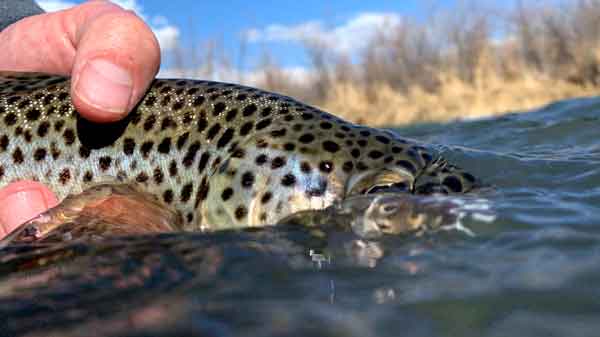
Prepare if you want to take pictures of the fish
In the world of fly fishing, capturing the moment you land a fish can be as rewarding as the catch itself. However, photographing your catch requires preparation, especially if you wish to do it in a way that respects the fish and the sport.
Bring someone to take pictures
Having a companion on your fishing trips not only adds to the enjoyment but also comes in handy when you want to photograph your catch. A friend can take pictures from different angles and distances, capturing the moment without delaying the release of the fish. This approach ensures you get high-quality images while keeping the fish in water as much as possible, minimizing stress and harm.
Or if you're alone: have your phone or camera ready
Solo trips require a bit more planning for photography. Before you even make your first cast, set up your camera or smartphone in a waterproof case on a tripod or a stable surface. Use a camera with a timer or a remote shutter control, which can be managed via your smartphone. This setup allows you to quickly and efficiently capture the moment without causing unnecessary delay in releasing the fish.
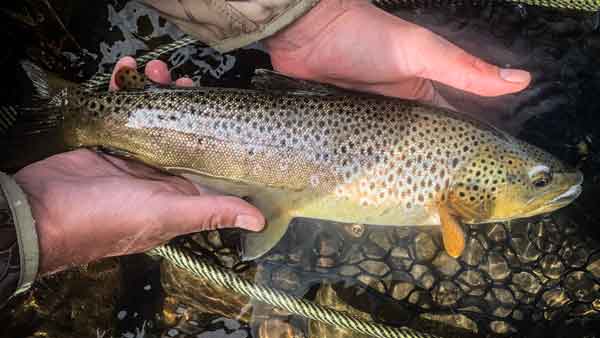
Keep the fish in the water as much as possible
The well-being of the fish should always come first. Keep your catch submerged in the water until everything is ready for the photo. When lifting the fish for a picture, make sure your hands are wet to protect its slime coating, and hold it over the water so it can be easily released. Limit air exposure to a few seconds. Remember, the quicker the photo, the better it is for the fish's survival.
Have your casting under control
Mastering the art of casting is fundamental in fly fishing. It is not merely about getting the fly to the fish but doing so in a way that mimics the natural movement of the fish's prey.
Know and practice the casts needed for the water where you go fly fishing
Different types of water bodies and fishing conditions require specific casting techniques. For instance, small streams may necessitate delicate, precise casts under vegetation, while larger rivers might call for longer casts or the ability to handle wind. Spend time learning about the water you plan to fish in and practice the necessary casts, such as roll casts, overhead casts, and double hauls, to suit these conditions.
When you are a beginner, get casting lessons
For those new to fly fishing, casting lessons are invaluable. Professional instruction can accelerate your learning curve, helping you understand the fundamentals of casting mechanics, timing, and rhythm. Lessons can also help you avoid developing bad habits that are difficult to break later on. Many fly shops and fishing clubs offer classes that range from beginner to advanced levels.
You can still improve your skills with lessons if you're more experienced
Even seasoned fly fishers can benefit from casting lessons. Advanced techniques, such as dealing with wind, casting large flies, or learning specialized casts for specific fishing scenarios, can significantly improve your success rate on the water. Continuous learning and practice keep your skills sharp and can introduce new strategies to your fishing repertoire.
Always carry some all-round fly patterns
The unpredictability of fly fishing is part of its allure. Weather conditions can change rapidly, and fish can be selective, making adaptability a key trait for successful anglers.

Bring flies that are suited for the water and fish species
Research the type of water body you're fishing in and the species you're targeting to determine the most effective fly patterns. Local fly shops are a great resource for this information, as they can provide insights into what is working at a particular time of year or even on a specific day. Tailoring your fly selection to the local conditions increases your chances of a successful outing.
Also bring some all-round fly patterns because you never know
While specific flies are crucial, having a selection of versatile, all-around patterns in your box is equally important. Patterns such as the Prince Nymph, Pheasant Tail Nymph, and Elk Hair Caddis and some small baitfish patterns are effective in a variety of conditions and can tempt a wide range of species. These flies mimic common food sources found in many bodies of water, making them excellent choices when faced with uncertain conditions or unexpected opportunities.
Learn the basic knots
Mastering a few basic knots can greatly enhance your fly fishing efficiency and success. The improved clinch knot is a fundamental one for attaching your fly to the tippet. Its reliability and simplicity make it a go-to for many anglers.
Similarly, the double surgeon's knot is invaluable for attaching new tippet material to the leader, especially when you need to quickly adjust the length or diameter of your tippet to match the fishing conditions.
Practicing these knots at home can save valuable time on the water and ensure your setup is as secure as possible. Remember, the strength of your connection to the fish lies not just in the gear but in the knots that tie everything together.

Leave the place better than you found it
Respect for the environment is a hallmark of a responsible fly fisher. This ethic extends to cleaning up not just after yourself but also after others who may not have been as considerate. Discarded fishing line, hooks, and other debris not only detract from thenatural beauty of the fishing spots but can also pose serious hazards to wildlife.
Carrying a small bag for collecting trash found along the river or lake shores can make asignificant difference. Additionally, practicing minimal impact techniques, such as sticking to established paths to avoid trampling vegetation and releasing fish gently and quickly, ensures that the natural beauty and health of our fishing areas are preserved for future generations.
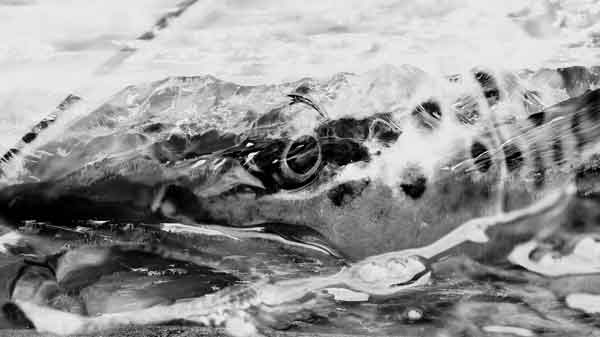
Enjoy nature
Fly fishing offers a unique opportunity to connect with nature in a way few other activities can. It's not just about the catch; it's about the experience. Take the time to observe your surroundings, the dance of the dragonflies over the water, the ripple of the current, and the melody of the birds in the trees. These moments of connection can enhance your appreciation for the environment and the sport itself.
Remember, fly fishing is as much about patience and observation as it is about technique. Watching the water's surface for signs of fish, noticing which insects are being taken off the surface, and even paying attention to the direction of the wind can all inform your strategy on the water.
In conclusion, success in fly fishing comes from a blend of preparation, respect for nature, proper gear, skill development, and conservation ethics. By investing time in research, embracing the beauty of the environment, equipping yourself with the right tools, mastering essential skills, and leaving no trace, you not only enhance your own experience but also contribute to the sustainability and enjoyment of fly fishing for all. This holistic approach not only casts you as a successful angler but as a guardian of the precious ecosystems that make this sport possible.

